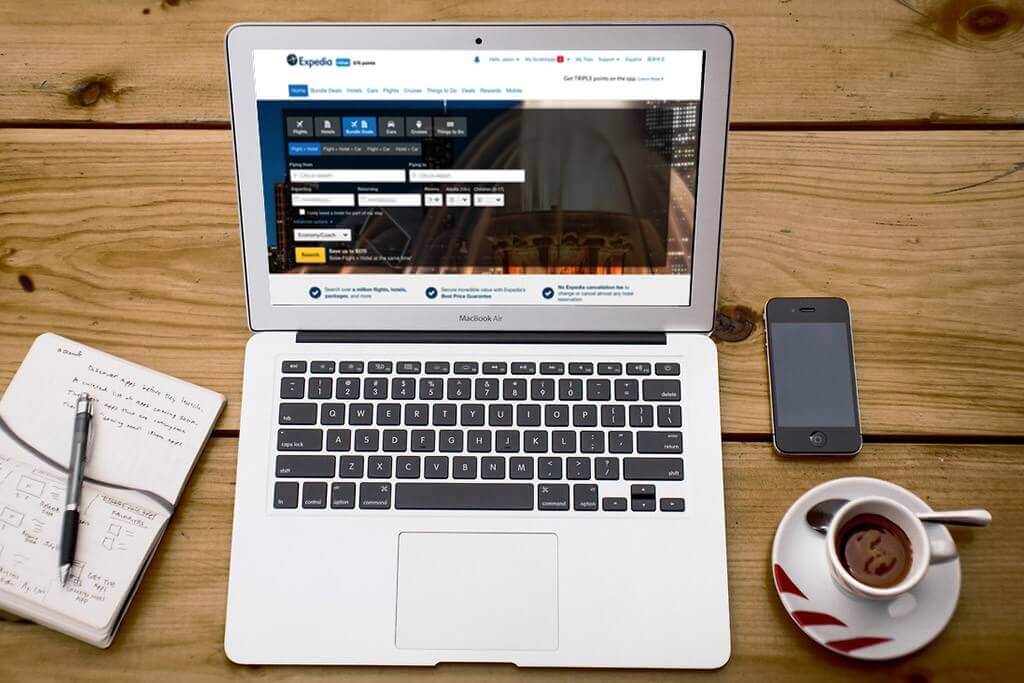
From point-of-sale shenanigans to wholesaler tactics and the rise of club rates, hotels of all shapes and sizes are fighting back and it’s not over yet.
The battle for direct bookings in the hotel space is hardly new. However, an interesting recent turn has been the decision of a number of big chains to introduce highly preferential club rates to loyal members. Bouyed up by its recent marriage with Starwood, Marriott may have been the first to move but Hilton, Hyatt and IHG did not waste any time following.
Others are watching closely to see whether the OTAs will use ‘ranking’, one of their most powerful weapons, to push participating hotels down the list. In the short-term, some believe this is likely, but if more hotels have the guts to join the march – all 186,000 of them globally, according to STR Global – then the OTAs may need to do a bit of head-scratching.
After all, the OTAs are in the business of making money, and ranking their biggest partners down, or playing hardball on the issue of club rates, could ultimately backfire on their bottom line. It could also be seen as a declaration of war. More likely, they will find other ways to generate new revenues.
David & Goliath
So it’s clear that today the big chains have more leverage with the OTAs. But some smaller and medium sized chains are also proving to be feisty outliers in the direct bookings’ battle – relatively new hotel tech upstart CitizenM is one and budget brand Premier Inn is said to be another.
Aside from the shifts in rate parity rules in Europe, which paved the way for closed user groups and the ability to offer club rates, sophisticated tools and data-driven technologies are making this possible.
Says Lennert de Jong, chief commercial officer, CitizenM: “Modern technology is allowing more and more hotels to be aware that they are being undercut in a number of channels”.
Having said that the battle is anything but over and hotels – and small and medium sized chains, in particular – still face numerous distribution challenges.
One of the issues is this: the three channels that hotels rely on most for direct bookings – Google, Metasearch and Display – also happily take a large chunk of revenues from the bigOTA boys. Google’s biggest clients are our two favourite OTAs, around 50% of metasearch revenues are generated by OTAs and in the display space firms like Criteo, although they won’t say what the split is, also count OTAs as big customers.
In a similar vein, is the issue is point-of-sale pricing which de Jong sums up neatly with this personal experience.
“I have a friend in Argentina who cannot understand why the price of a hotel in Amsterdam searched for in Buenos Aires can be much less than the rate seen by his parents living in Holland,” he says.
What is happening here is that OTAs are using their sophisticated technological prowess to aggressively apply point-of-sale pricing in highly competitive and varied regional markets. So while the hotel might be able to control parity on the home front, often a country that is their feeder market is undercutting their Best Available Rate.
To highlight the point, take a look at the hotels.com rate towards the bottom of the two images below which were searched for on the same day in the UK and US respectively.




